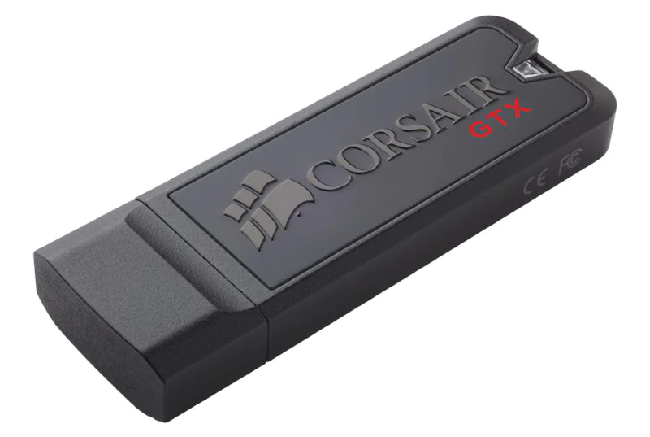Not a whole lot. Solid state drives are replacements for computer hard drives, but unlike old-school mechanical hard drives, have no moving parts. They are the storage of choice for smartphones, tablets, and more often lately, laptops.
The technology of a solid state drive sounds an awful lot like a flash drive. It’s a memory chip that doesn’t lose its information when the power goes out. We’ve been using flash drives for about a decade to replace CDs (and before that, floppy disks.)
Here’s a quick rundown of the difference between flash drives and solid state drives (SSDs). For the record, anything we say about flash drives also applies to memory cards. Memory cards are essentially flash drives without the USB part.
Flash drives are external, SSDs are internal.
You’ll never see someone carry around an SSD in his pocket. SSDs are designed to be put inside something and never be removed.
Flash drives are slow, SSDs are fast.
No one really cares that flash drives are about 1/4 as fast as your average hard drive (or less.) You probably won’t store a whole lot on one, just enough to take your stuff with you. That’s the funny thing about the new crop of 32GB and higher flash drives… it takes about 4 hours to copy stuff to them.
On the other hand, SSDs are a lot faster than hard drives. They’re built for speed, with fast SATA interfaces and since there’s no mechanical work happening, information moves at the speed of light. That’s what makes your tablet start so fast.
Flash drives are (fairly) small, SSDs are big.
Every year both flash drives and SSDs get bigger. Still, most SSDs today start at about 128GB which is about the largest flash drive you can get.
On the other hand, here are some things that a flash drive and a solid state drive share:
Legendary durability
We’ve all heard of people who’ve dropped flash drives out of cars and they still work. In fact, there are cases where the memory cards in cameras (memory cards are essentially repackaged flash drives) have survived explosions that shredded the cameras around them. SSDs are much the same. It takes a lot to kill them… you pretty much have to get out a reciprocating saw.
When it comes to rewrites, though, flash drives aren’t nearly as impressive. An inexpensive flash drive could start to fail after having been written over 250 times. An SSD can usually be written tens of thousands of times or more quite reliably.
Constantly dropping costs
Both flash drives and SSDs have come down in price dramatically in the last decade. It’s possible to get a 128GB Flash Drive or SSD for well under $40 now and either is going to hold more stuff than you probably need. For people who need even more storage, SSDs can be found in sizes up to four terabytes, although at that point they do begin to get pricey.
No moving parts
Both flash drives and SSDs are just memory chips. Nothing to see here, move along. These are not the mechanical drives you’re looking for.
We would all love to ditch those old mechanical drives for good, as a matter of fact, but they’re much cheaper than SSDs at this point in time. A half-terabyte SSD will run you about $350; for the same coin you can get four terabytes of mechanical goodness. There will come a point where the drive you want will be as cheap as you need it to be, but that day is still some time in the future.





